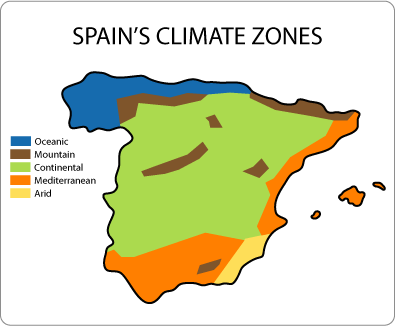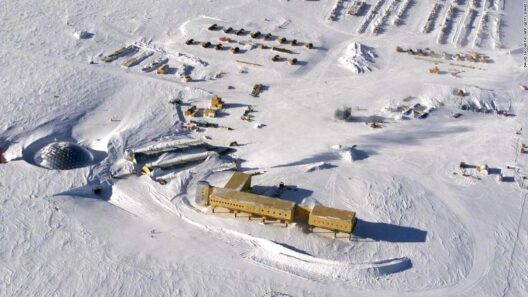The transportation sector is a significant contributor to global warming, a fact increasingly acknowledged in discussions regarding climate change. While rail systems are often touted as a more sustainable mode of transportation compared to their road and air counterparts, they too possess a carbon footprint that merits scrutiny. Understanding how rail systems contribute to global warming entails an exploration of various factors, including energy sources, infrastructure, operation efficiency, and associated emissions.
At the core of this discussion lies the reliance on energy. Railways, while generally more fuel-efficient per ton-mile than trucks or airplanes, predominantly operate on electricity or diesel fuel. The source of this energy is crucial to assessing the carbon footprint of rail systems. In regions where electricity is generated from fossil fuels, the carbon emissions associated with rail transport can be significantly high. Transitioning to renewable energy sources like wind, solar, and hydroelectric power could substantially reduce these emissions. Yet, as of now, many rail networks continue to operate using coal and natural gas-derived electricity.
Further complicating this issue is the inefficiency stemming from outdated infrastructure. Many rail systems across the world are burdened with antiquated tracks and stations that require substantial upgrading. This inefficiency not only hampers service reliability but also exacerbates energy consumption. High-speed rail, for instance, is a prime example where modern technology can enhance efficiency dramatically, thereby reducing the overall carbon footprint. Nations that have invested in high-speed rail infrastructure invariably report lower emissions per passenger-kilometer compared to traditional rail alternatives.
Operational practices also play a critical role in determining the carbon footprint of rail systems. The operational efficiency of a train is influenced by several factors, including speed, weight, and the frequency of stops. A train that frequently accelerates and decelerates consumes more energy than one that maintains a consistent speed. Additionally, the weight of trains, driven by the cargo load and the materials used in the train’s design, significantly impacts fuel efficiency. Efforts to optimize logistics, streamline routing, and implement sophisticated scheduling systems can contribute to lower emissions, highlighting the interplay between operational management and environmental responsibility.
Another dimension to consider is the indirect emissions associated with rail systems. Infrastructure development—such as the construction of rail lines, stations, and related facilities—demands vast amounts of resources and energy. The extraction and processing of materials like steel and concrete are energy-intensive processes, contributing to greenhouse gas emissions. Moreover, land use changes associated with railway expansion can disrupt ecosystems and reduce biodiversity, amplifying the environmental costs associated with rail development.
In urban environments, rail systems can play a double-edged role in climate change dynamics. On one hand, they can reduce reliance on personal vehicle transportation, thus alleviating road traffic and lowering regional emissions. However, if urban expansion encourages further suburban sprawl without effective land-use planning, the net benefits may be undermined. Urban planners must balance rail accessibility with sustainable development practices, mitigating the risk of over-reliance on cars in areas adjacent to rail lines.
Moreover, rail freight transport, a significant element of the rail industry, requires careful examination. While transporting goods via rail produces fewer emissions per ton-mile than trucking, long-haul freight can have distinctive environmental consequences. Increased freight traffic necessitates more diesel-powered locomotives, which emit nitrogen oxides and particulate matter detrimental to air quality. Moreover, as the global economy grows, rail systems are under pressure to expand their freight capacity. This growth may lead to higher energy consumption and emissions unless coupled with sustainable practices.
Furthermore, the phenomenon known as ‘modal shift’ deserves attention. The shift from road or air transport to rail can have a positive environmental impact by reducing the overall carbon footprint of goods and passengers. Nevertheless, achieving such a transition necessitates substantial investment in rail technology and infrastructure, alongside governmental policies that incentivize shifts towards cleaner transportation methods.
An aspect often overlooked is the lifecycle impact of rail systems. Evaluating the entire lifecycle—from construction and operation to decommissioning—illuminates the hidden emissions that can considerably inflate the net carbon footprint. Sustainable practices, such as using recycled materials and conducting regular retrofits, can mitigate these effects. Nevertheless, these practices require a concerted effort from stakeholders across the industry, emphasizing the need for strong leadership and commitment to sustainability.
In summary, rail systems undoubtedly play a critical role in the transportation sector’s dynamics in relation to global warming, demonstrating both potential benefits and challenges. Each component of rail operations, from energy sources to infrastructure and operational practices, contributes to the overall environmental footprint. To truly harness the advantages of rail systems and mitigate their global warming contributions, it is imperative to advocate for policies that promote sustainability while investing in modern, efficient technologies. Only through an integrated approach can we envisage a rail network that significantly contributes to the fight against climate change, transforming our transportation landscape for future generations.








